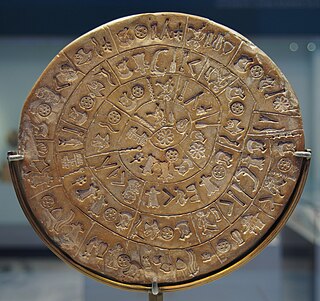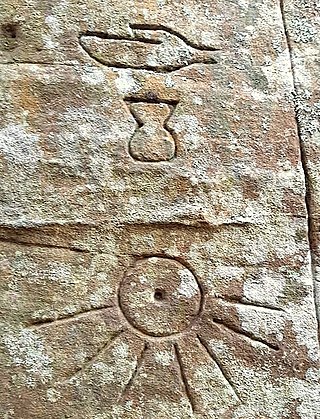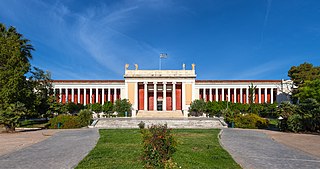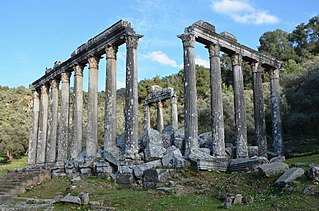Discovery and History

In February 1847, a German archaeological journal published the first detailed account of the Potaissa Sphinx. The article included a description of the statue, its inscription, and an accompanying drawing. According to contemporary reports, the statue was discovered during an excavation near Turda. [1] The artifact, a bronze sphinx on a quadrangular pedestal, was reportedly found near the Roman settlement of Potaissa, which had served as a base for the Roman Legio V Macedonica. [2]
The statue quickly drew the attention of both archaeologists and linguists. [2] Following a thorough analysis, German archaeologists concluded that both the statue and its inscription were authentic. Despite their extensive efforts, the inscription could not be deciphered. In 1847, Hungarian professor János Érdy-Luczenbacher presented the statue to the Hungarian Academy of Sciences, where it was examined by members of the academy, as well as Croatian, German, and Austrian scholars. However, the inscription on the statue remained undeciphered even during its academic exhibition and continued to elude interpretation for nearly 150 more years. [3] The statue enjoyed significant renown, as an entire page was dedicated to it in the 1847 issue of the Hungarian Academic Bulletin. [3]
The statue was initially added to the private collection of Count József Kemény, a prominent archaeologist and historian who had led the excavation. Kemény was well-regarded for his efforts to preserve Transylvania’s cultural and historical artifacts. Sadly, during the Hungarian Revolution of 1848–1849, the statue was stolen along with many other treasures from Count József Kemény’s collection when his estate was ransacked. In a heartfelt letter to his friend Sándor Mike, Kemény lamented the loss of these invaluable artifacts, which had been carefully preserved as part of his life’s work. The lack of information about the statue's fate has fueled numerous theories, with some suggesting it was smuggled abroad and now resides in a private collection, while others believe it may have been melted down or irretrievably lost during the chaos. Despite later attempts to locate the statue, its fate remains a mystery, and it is presumed lost to history. [1] Luckily a contemporary description of the statue by historian Johann Ferdinand Neigebaur, who examined it in 1847, provides detailed dimensions. [2] Thanks to Neigebaur's accurate descriptions and drawings, the sculpture has remained available for study after its disappearance. [2]
In 2003, the inscription was finally deciphered, revealing a text in Greek letters that encoded a Hungarian-language phrase, further bolstering the artifact’s historical significance. [1]
Historical and Religious Context
The statue may have originally been part of a shrine dedicated to the goddess Isis, whose worship was widespread in the Roman Empire. If true, this connection would further underscore the cultural diversity of Potaissa and its significance as a crossroads of Roman and local traditions. The Potaissa Sphinx fits within a broader pattern of sphinx veneration in Pannonia, where similar votive altars dedicated to sphinxes have been discovered in Savaria and Aquincum, underscoring their integration into regional religious practices. The inclusion of a swastika a common solar symbol in ancient art on the Potaissa Sphinx underscores its role as a representation of solar and divine powers, resonating with the religious traditions of the Roman Empire. [4]














